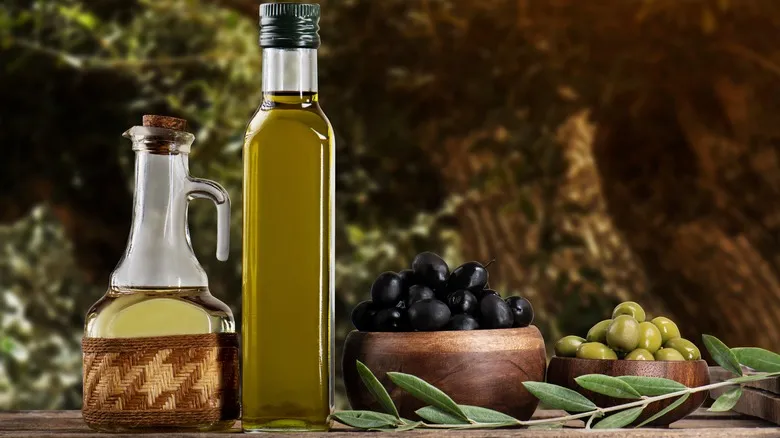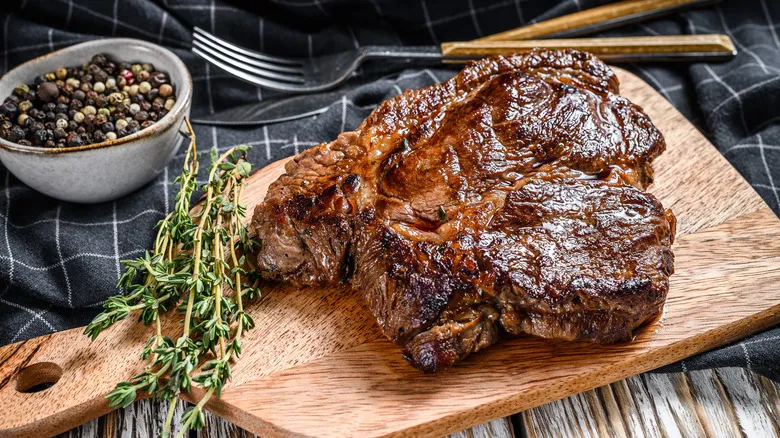The forces that can spoil your olive oil
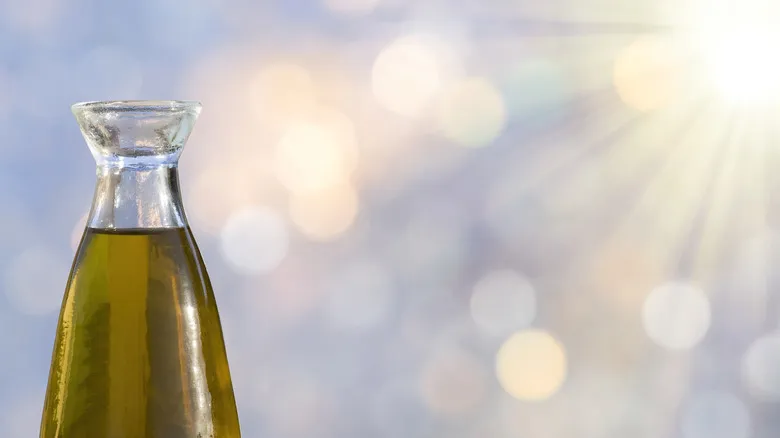
The four adversaries of olive oil preservation are time, air, light, and temperature. By managing these detrimental elements, you can keep your olive oil fresh for as long as possible. The first factor, time, is the one we can control the least. Olive oil naturally deteriorates as it ages, so it’s a race against time. An unopened bottle can last for up to a year, but once opened, it’s best to use it within a month.
Air poses a threat to olive oil due to oxygen, which initiates a chemical reaction that gradually makes the oil rancid. To combat this, it’s crucial to securely seal your olive oil bottle after each use. Avoid using a pour spout, as convenient as it may be, since it allows air to enter and spoil the oil.
Temperature and light also contribute to the rancidity of olive oil. Olive oil is quite sensitive to temperature; excessive heat can ruin it, while refrigeration can dull its flavors. Store olive oil in a cool cupboard, and refrain from placing it next to the stove for convenience. A dark cupboard helps reduce UV exposure, and using a dark container for your olive oil offers additional protection. It’s advisable to purchase olive oil in tins rather than bottles, as tins provide superior safeguarding.
How to tell if your olive oil has gone bad
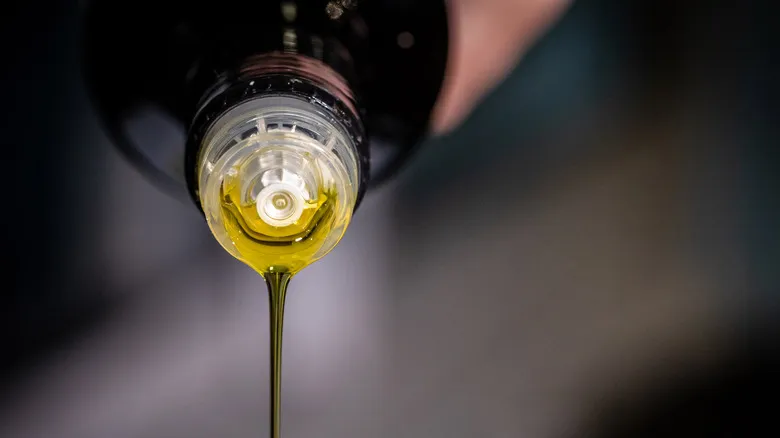
Nothing is permanent, so even if you adhere to all the proper storage guidelines to extend the shelf life of your olive oil, there will eventually come a time when it begins to deteriorate. How can you determine when it's time to replace your bottle? The expiration date on an olive oil bottle isn't the best indicator, as these dates are established at the time of bottling. This timing doesn't consider when the olives were harvested and processed, making the harvest date a far more significant reference. Unfortunately, not all bottles display the harvest date, but you can assess the oil's quality using your senses of smell and taste.
When you first open a new bottle of olive oil, take a moment to inhale its fresh aroma. It's also a good idea to taste a small spoonful to get acquainted with its flavors. Each new bottle should be evaluated individually, as there can be subtle variations between brands and even different bottles from the same brand. Each time you retrieve your olive oil from storage for cooking, be sure to check its smell and taste again. Eventually, you may notice a shift in the aroma. If the olive oil starts to smell waxy and has a bitter taste, it's time to replace it with a fresh bottle.
Recommended

Here's The Best Way To Store Kiwi (And How Long It Will Stay Fresh)
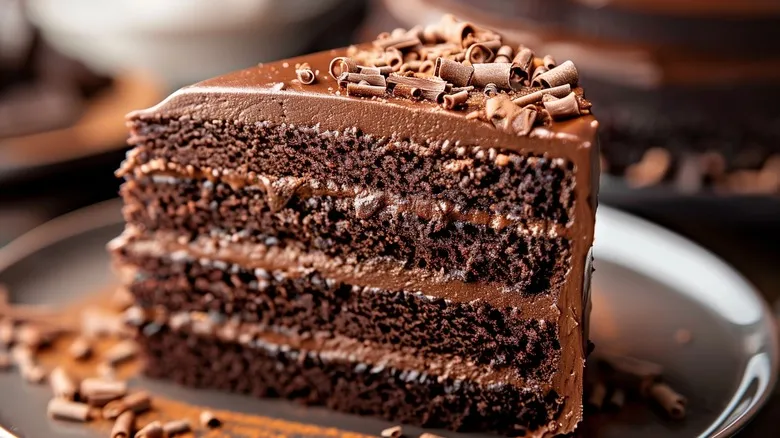
The Best Way To Freeze Individual Cake Slices For A Sweet Treat Any Time
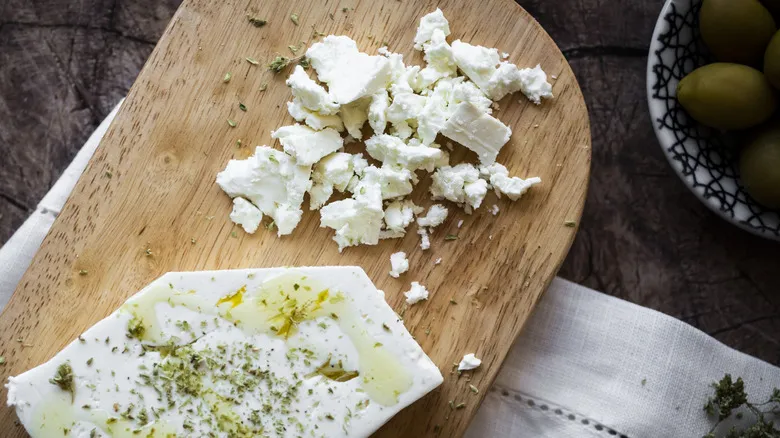
How Long Is Feta Cheese Good For Once It's Been Opened?

The Foods You Should Be Storing In Your Fridge's Crisper Drawer
Next up

